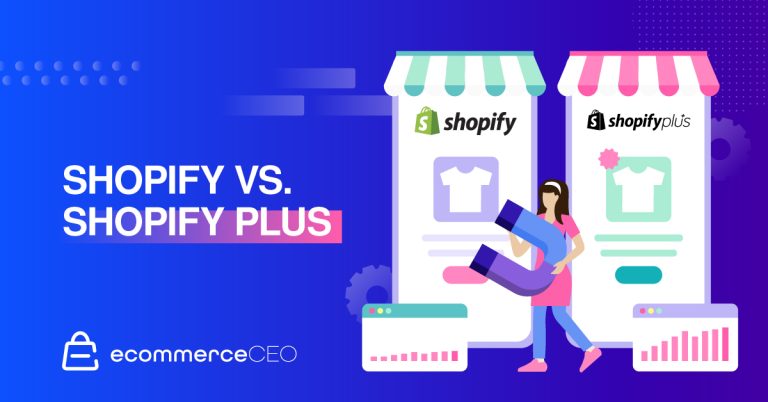
While most brands previously saw e-commerce as one channel in their go-to-market strategy, it now consists of a multitude of channels — each with its own complexities from costs of listing to storage to fulfillment. But heavy concentration on one revenue stream alone increases risk over the long term, making it imperative to diversify among channels.
The first step? Connecting to the right channels in the right way. This means thoroughly reviewing and understanding each channel’s requirements and building connections for efficient inventory management, logistics and ongoing monitoring after launch.
In the wake of a two-year boom in e-commerce sales brought on by the global pandemic, the online retail landscape is more fragmented than ever. Yet from different audiences to diverse experiences, helping consumers feel connected to your brand is critical. As marketplaces take their place as the “digital malls” of the future, retailers are targeting specific audiences with curated experiences and inspiration via social media. The bottom line? If you’re not present where buyers are shopping, you risk losing critical connections to a portion of your customer base.
Direct-to-consumer (D2C) sales, third-party marketplaces and wholesale channels present viable options for diversifying your online offerings.
Direct-to-Consumer (D2C)
Many brands are entering the world of direct-to-consumer (D2C) sales for a variety of benefits, both financial and logistical. This allows brands to diversify and increase resiliency in the face of economic downtimes and allows them to realize a number of other goals, including:
- Increased sales from the trust consumers place in direct brand relationships
- Larger margins due to eliminating intermediaries
- More customer data from direct interaction with consumers
- Broader assortment of products with increased flexibility on product assortment, pricing, branding and more
- Expansion to new markets and geographies through marketplaces, which now make up more than 57% of global web sales
Website or Webstore
Not all brand websites are shoppable. Selling D2C on a true “web store” has many advantages, but can also be tricky to pull off due to integration and marketing concerns. First, ensure your website syncs with your overall structure in terms of product data, fulfillment and inventory. Once your web store is functional, invest in marketing to boost traffic.
Third-Party Marketplaces
While marketplaces help brands find new customers and better curate experiences, they may also require additional marketing, warehouse storage fees, fulfillment and additional work. To win, enter new marketplaces with a plan across three distinct phases:
- Launch successfully.
- Build a winning strategy.
- Defend your brand’s winning position.
How to Win on Amazon
According to a recent survey conducted by ChannelAdvisor, Amazon is the first place 54% of shoppers in established Amazon markets visit when they’re ready to buy. How can you stand out in such a saturated marketplace? Win the Buy Box. While Amazon doesn’t reveal how it determines Buy Box placement, we encourage you to regularly assess price, double-check your stock availability and fulfill orders as consistently and transparently as possible.
Wholesale Channels
For established manufacturers with a strong wholesale culture, retail usually makes up the bulk of online and offline sales. Make connections with these wholesale channels to boost distribution, but don’t forget to explore two key considerations:
- Choices in retail partnerships — While some brands may receive too many retail requests, others may opt for exclusive distribution. Mature brands often opt for a selective distribution, allowing them to select online retailers that meet their specific product needs.
- Drop shipping — Drop shipping resembles traditional retailer sales in that the retailer negotiates a B2B price, sets the resale price and sells. But it’s also like selling on marketplaces in that no B2B sale is made until a B2C conversion occurs, and brands are responsible for shipping.
Whether you choose to plug in to D2C avenues, marketplaces or wholesale channels this year, listing your products in more places gives you greater exposure to new networks. ChannelAdvisor helps connect your products to more than 300 global channels, including marketplaces, digital marketing channels, retailers with wholesale or drop-ship relationships and your own webstore. Want to learn more about which channels could be a good fit for your products? Contact us today to request to talk with one of our e-commerce experts.
Return next week, or subscribe, to see the next blog in our multichannel commerce framework series and learn about what happens after you connect to new channels. In the coming weeks, we’ll be sharing insights on how to market, sell, fulfill and optimize. And stay tuned for the launch of our new report launching in April to see the full Multichannel Commerce Framework.





![15 Ways for Effectively Selling Electronics in 2023 [Top Websites]](https://thegateway.net.au/wp-content/uploads/2023/01/15-ways-for-effectively-selling-electronics-in-2023-top-websites-768x402.png)
